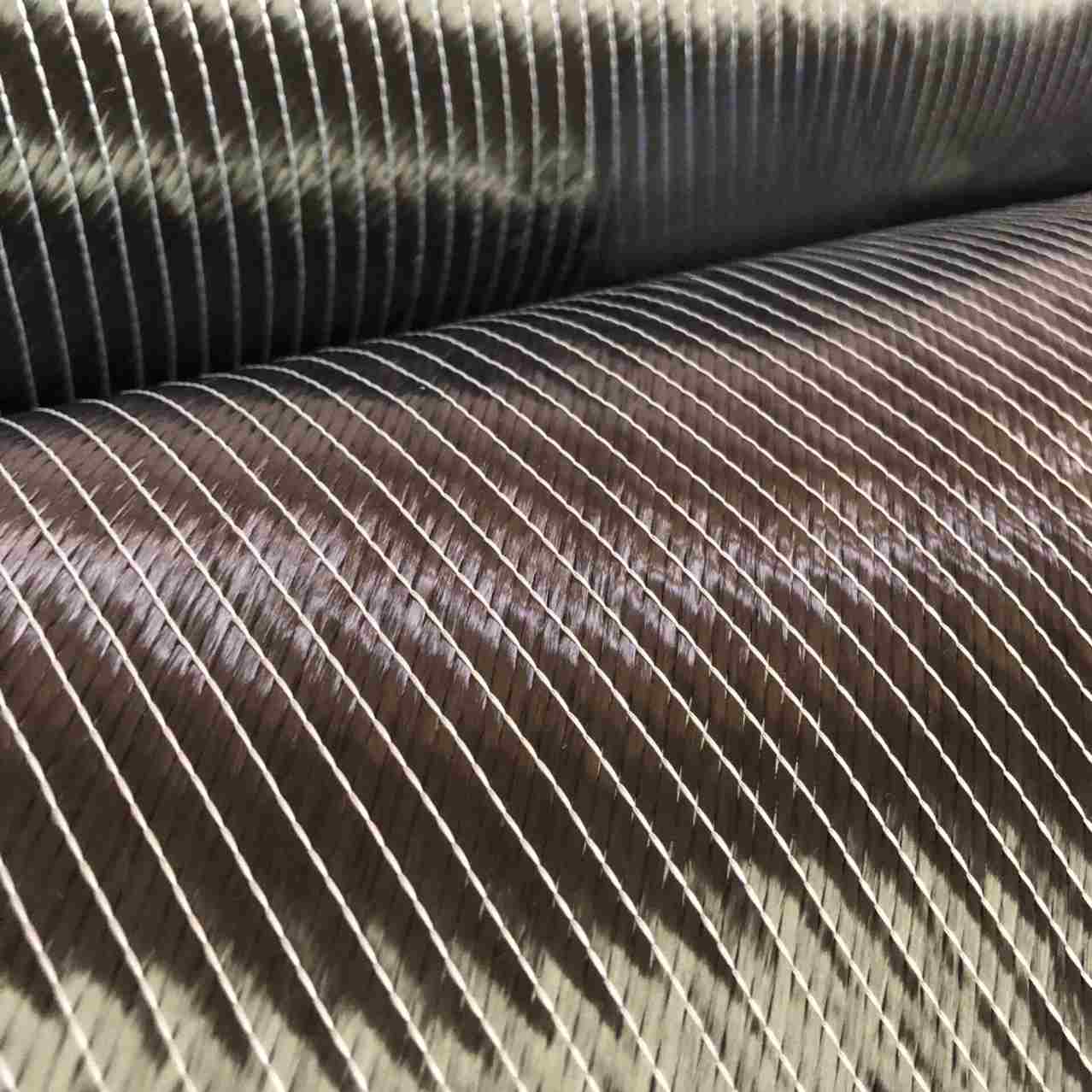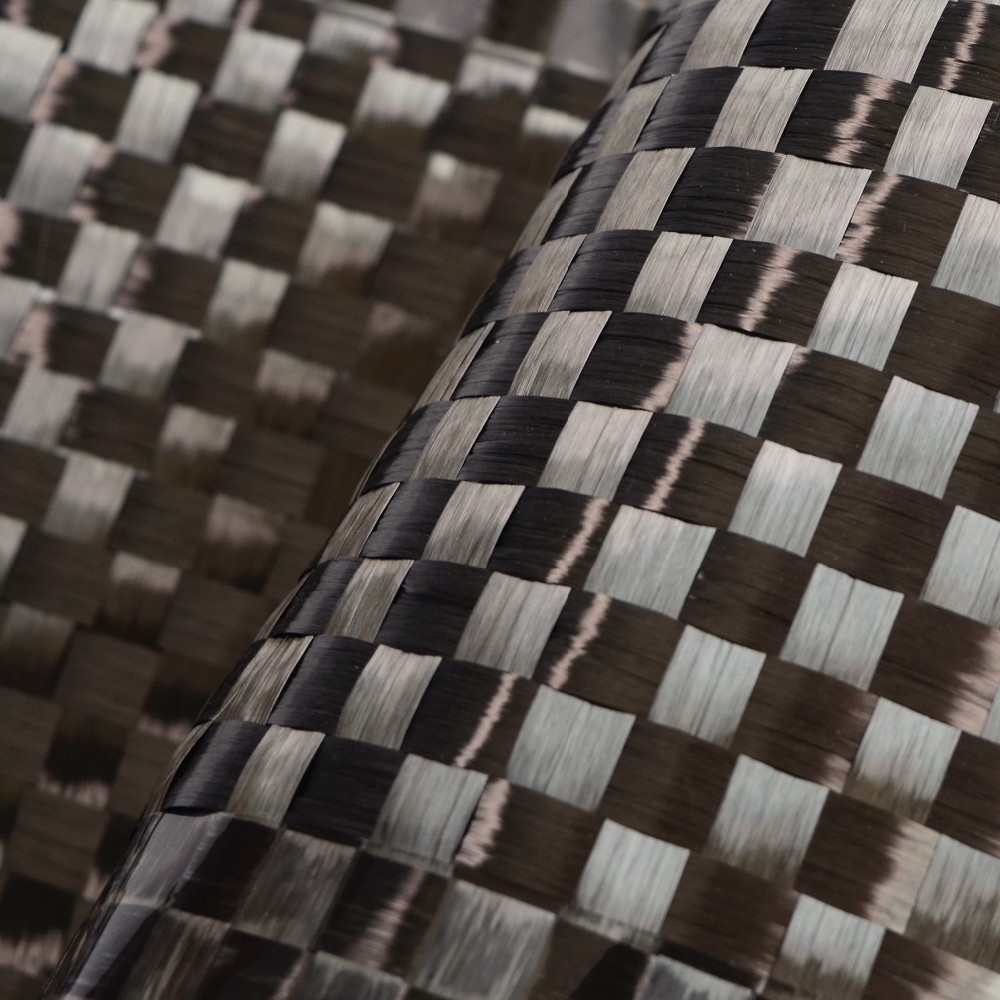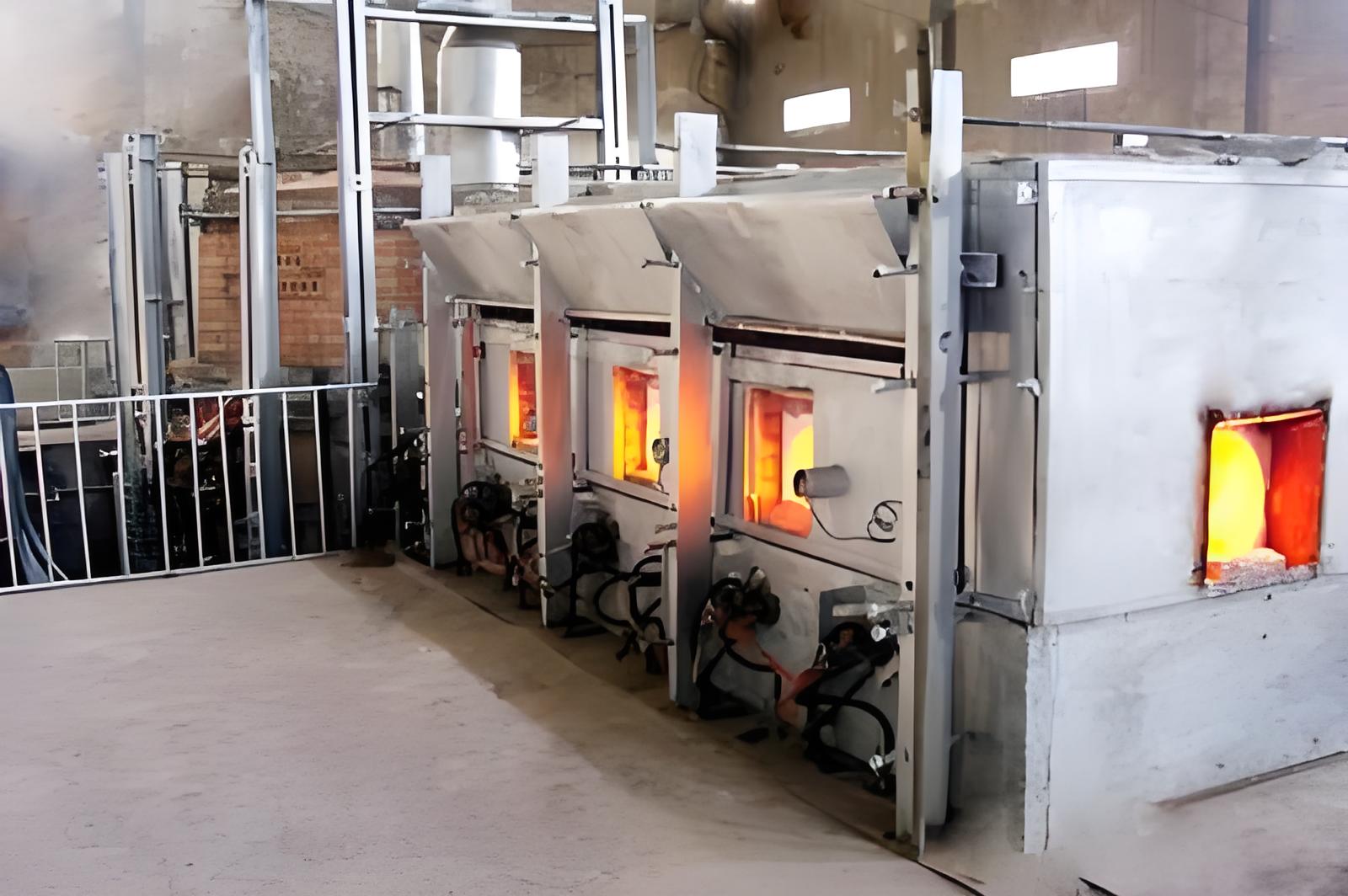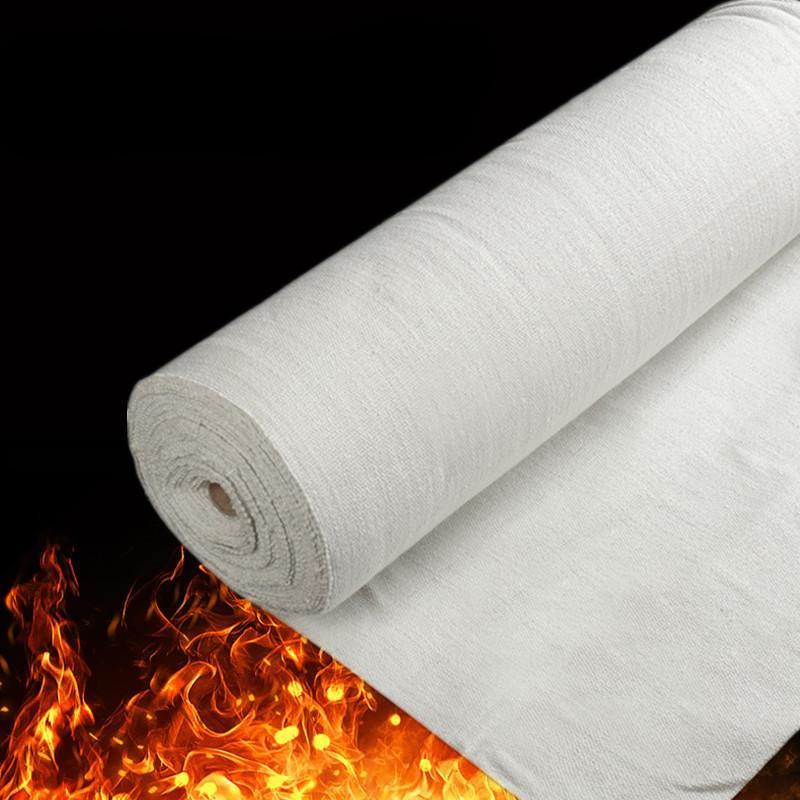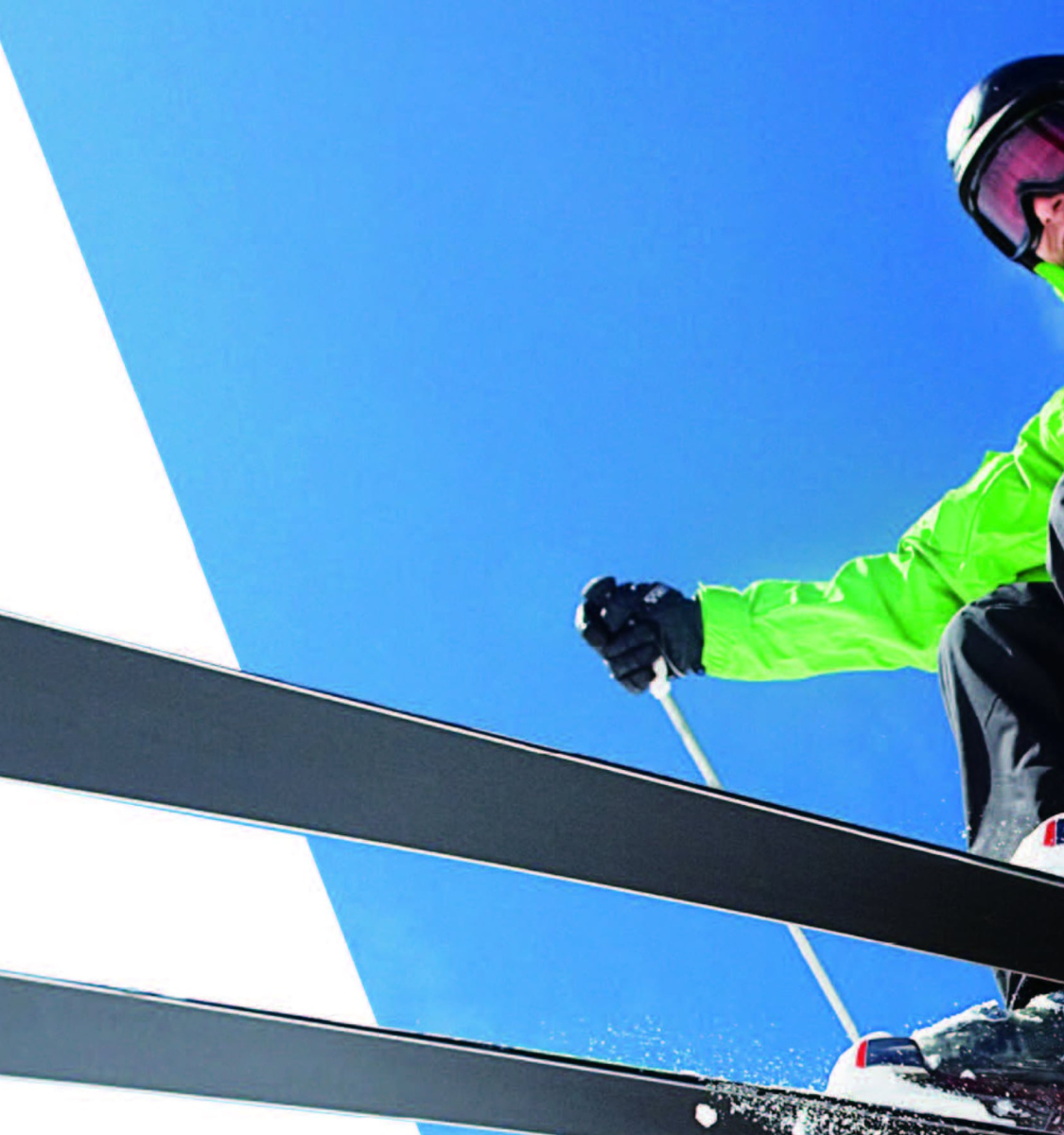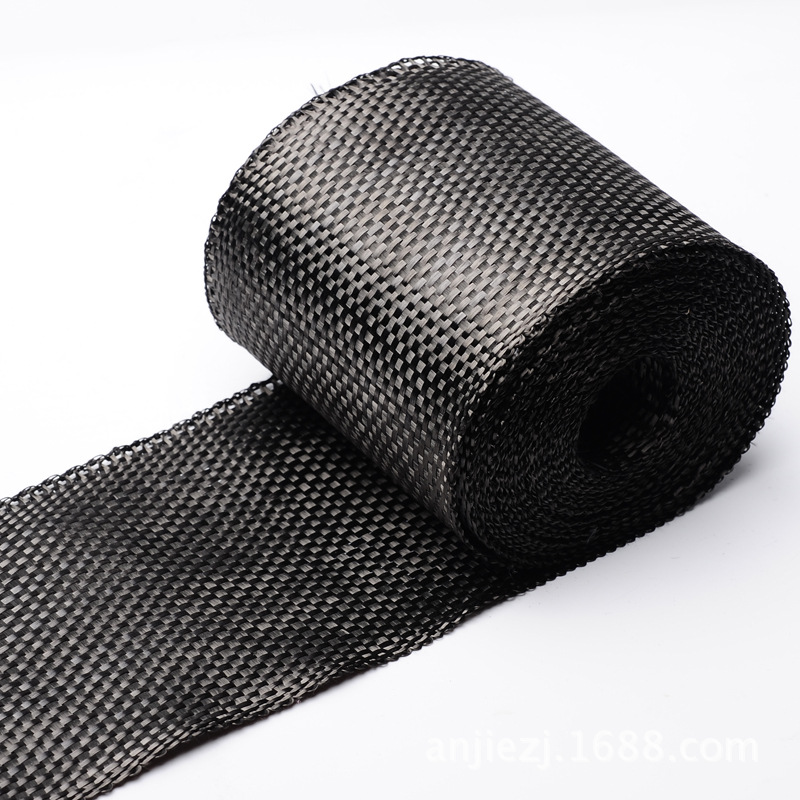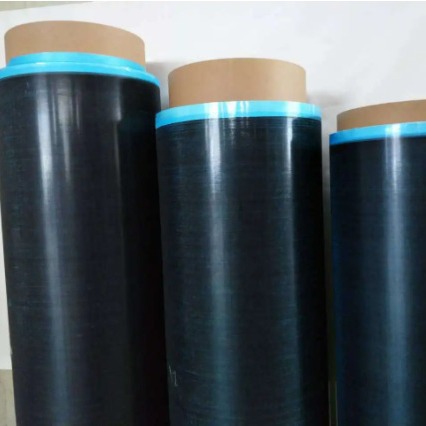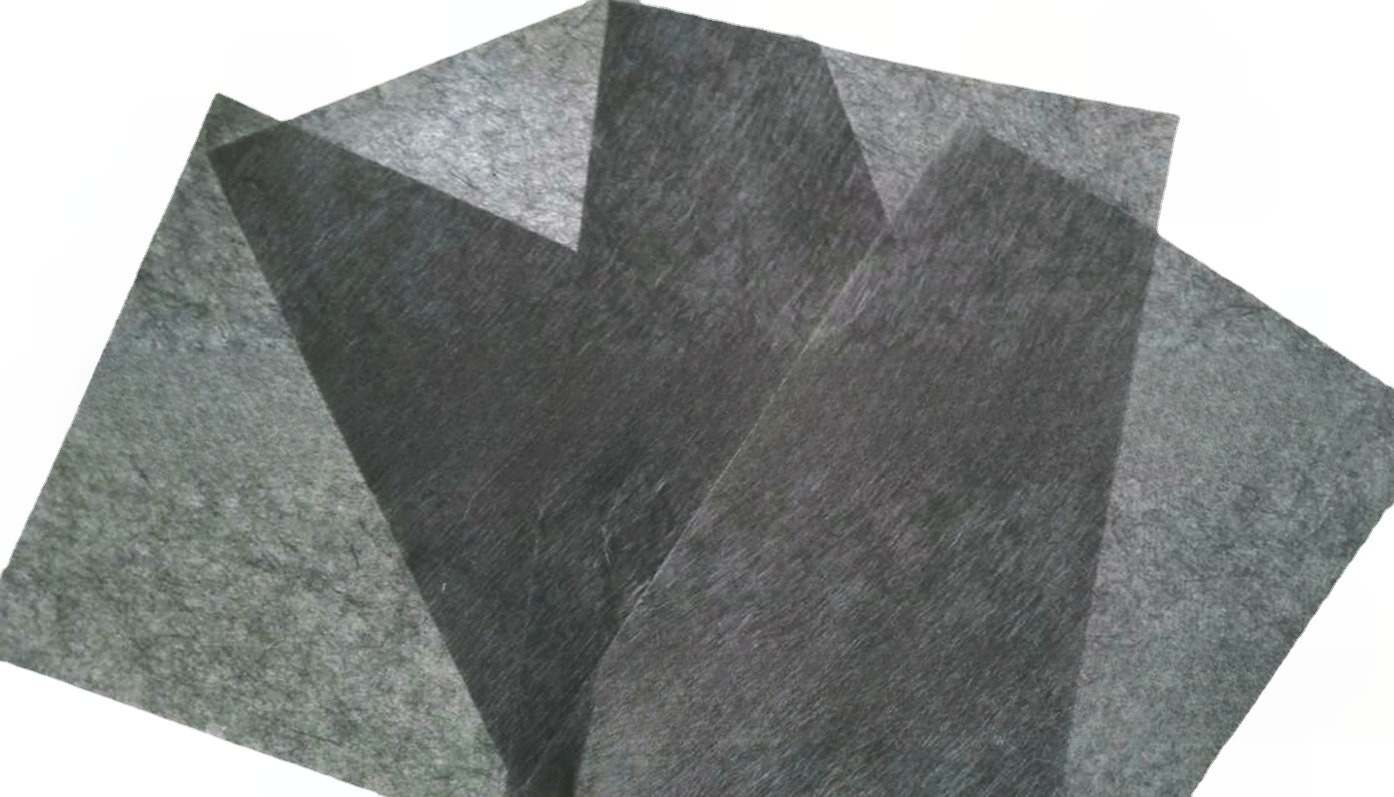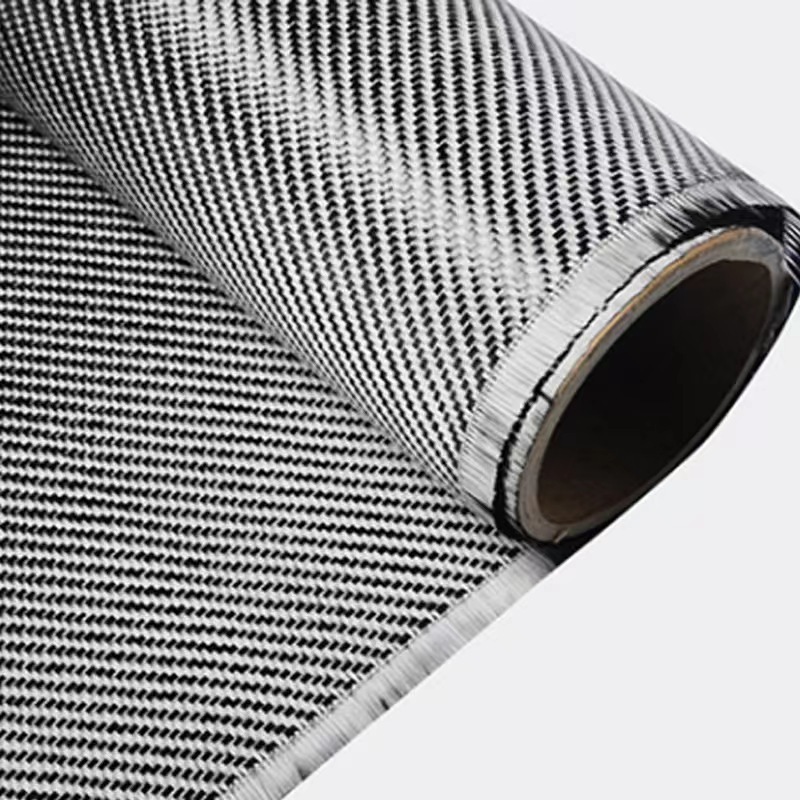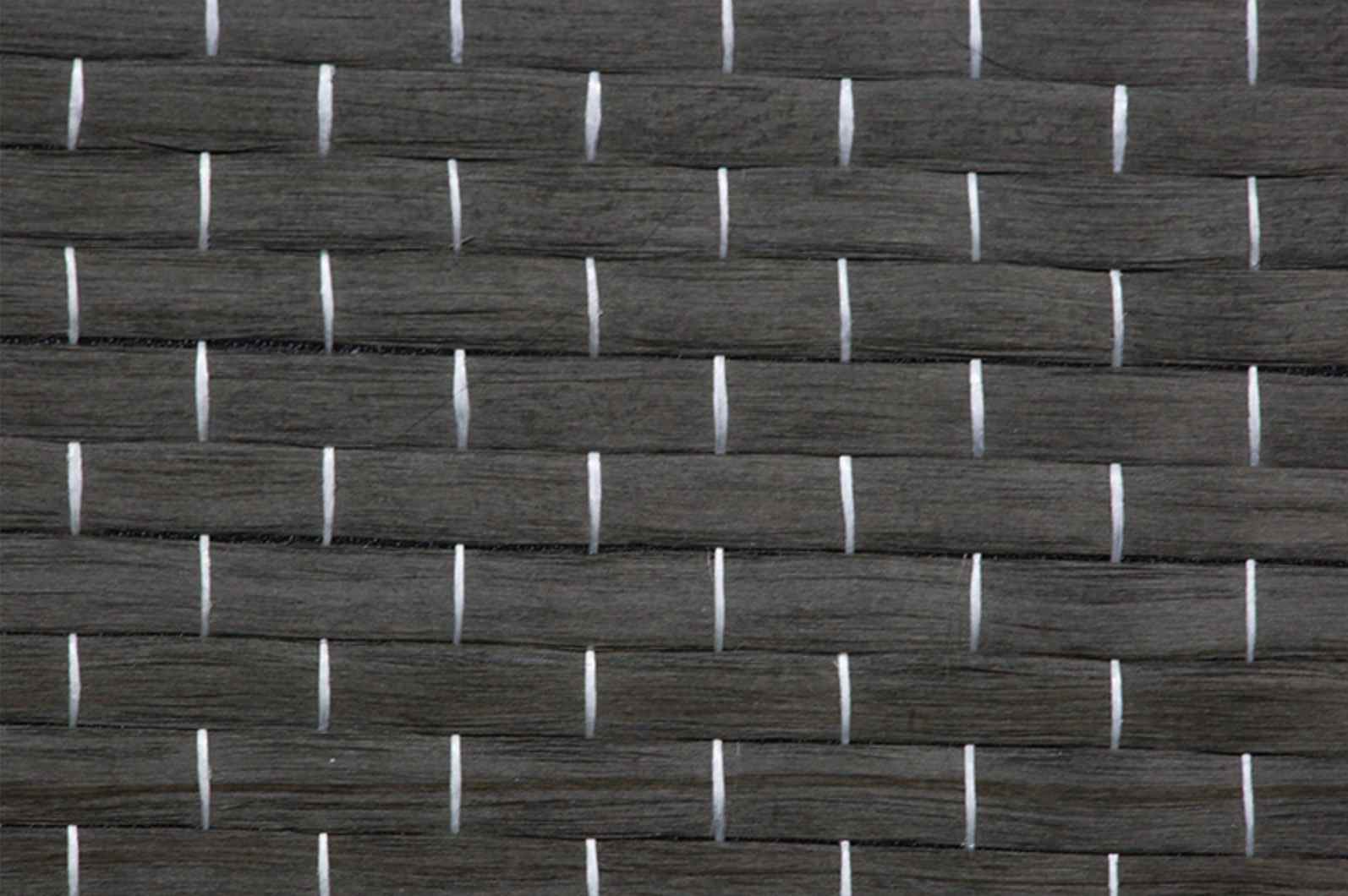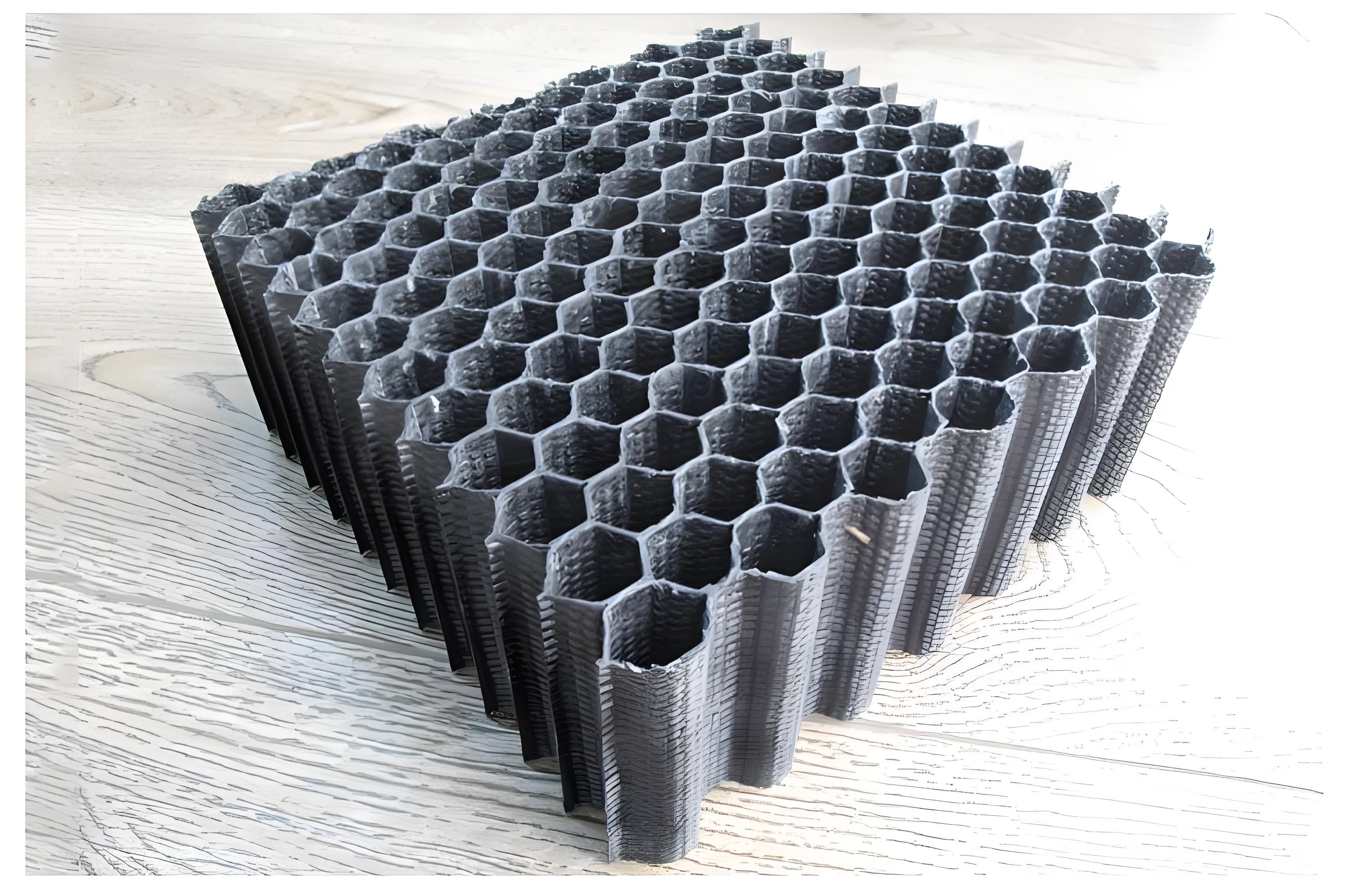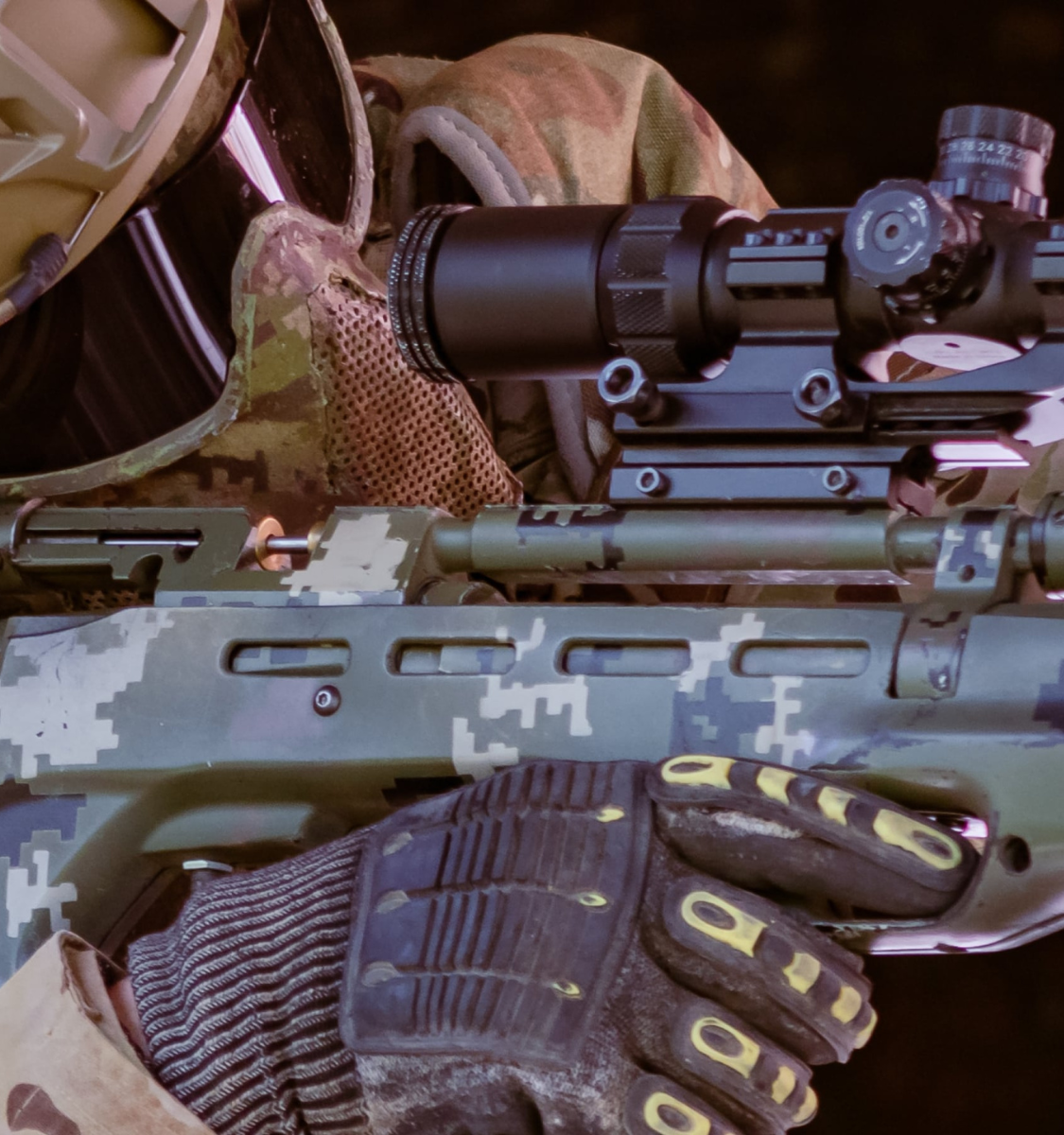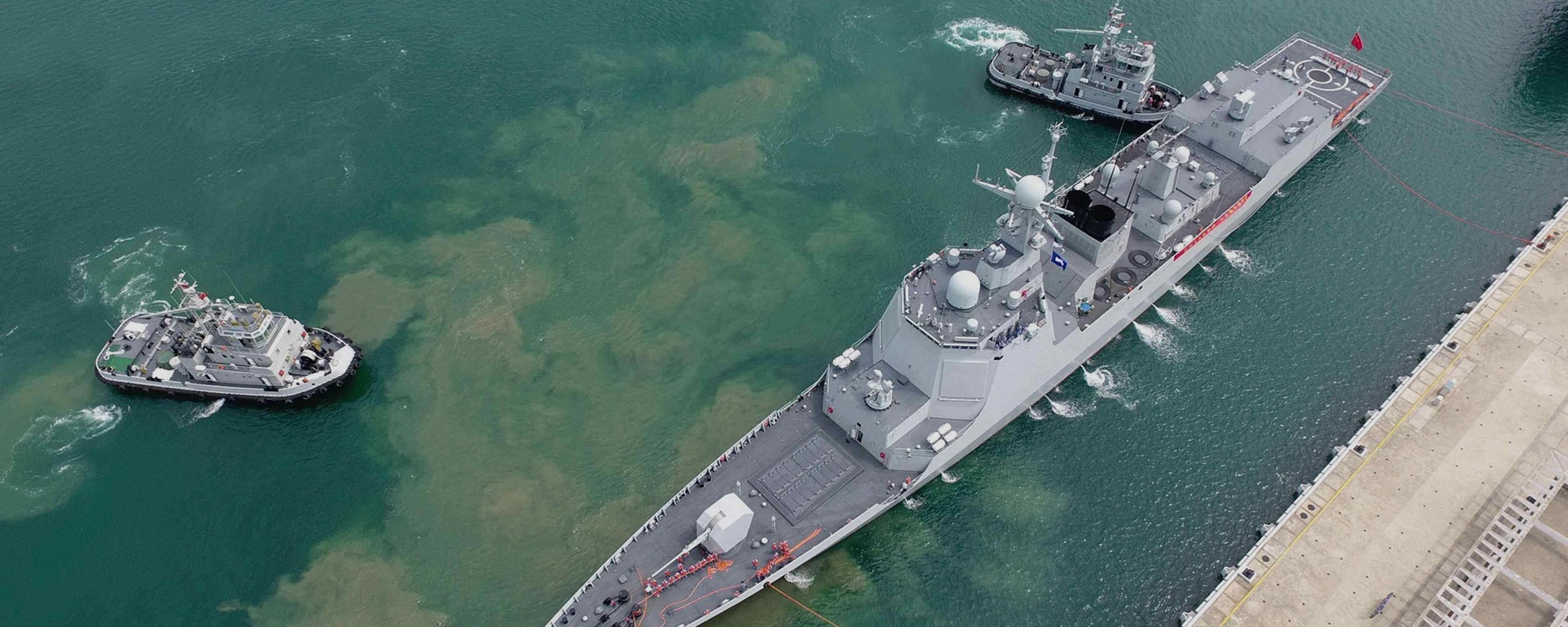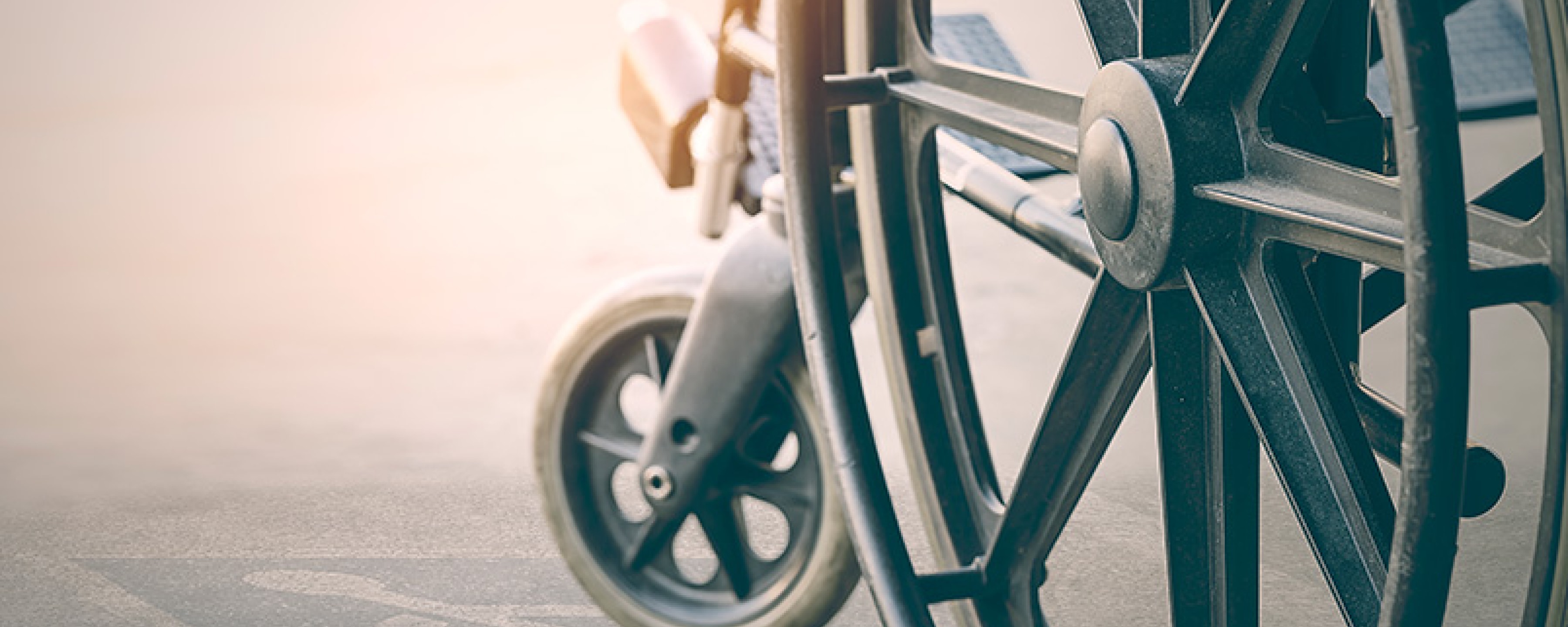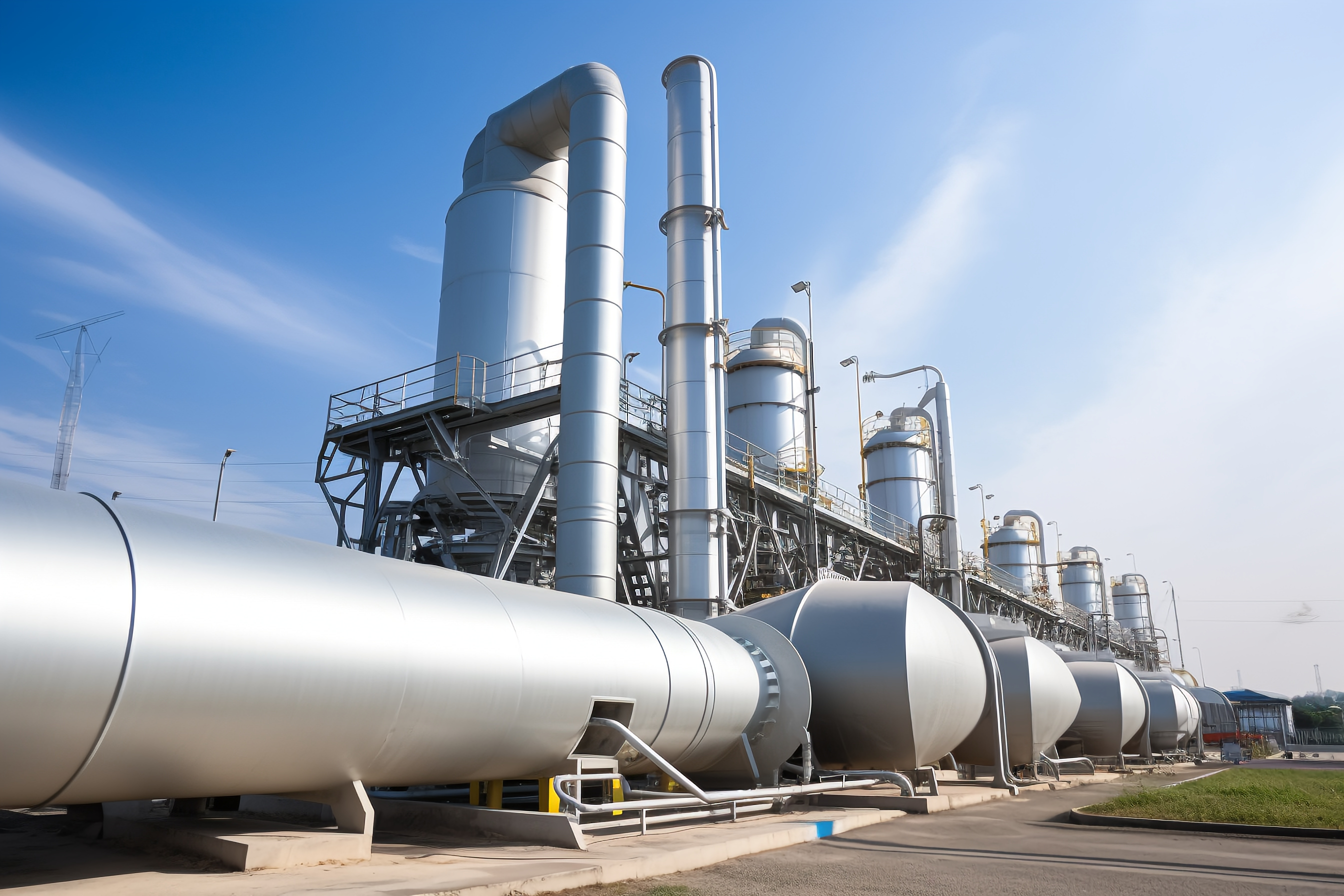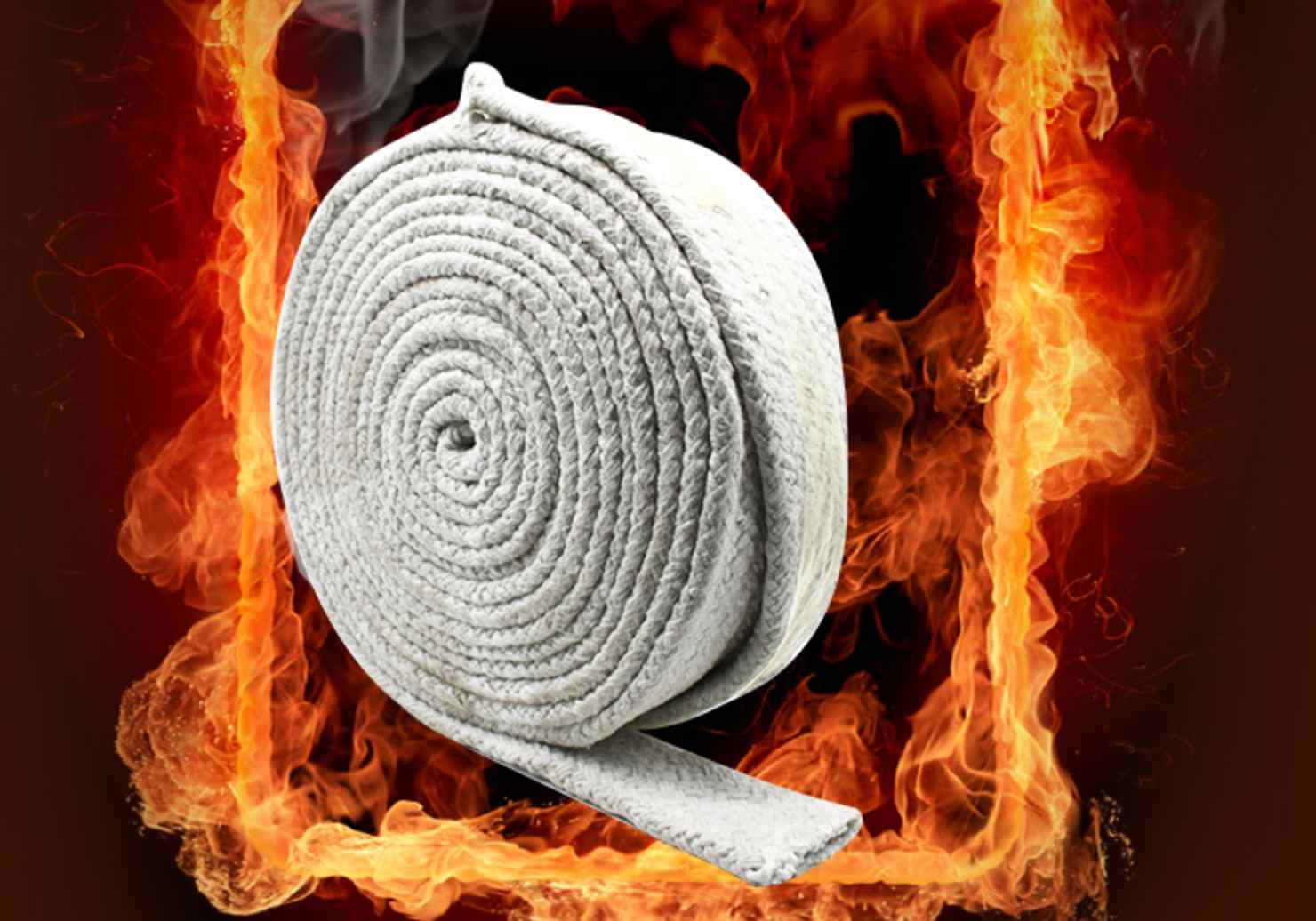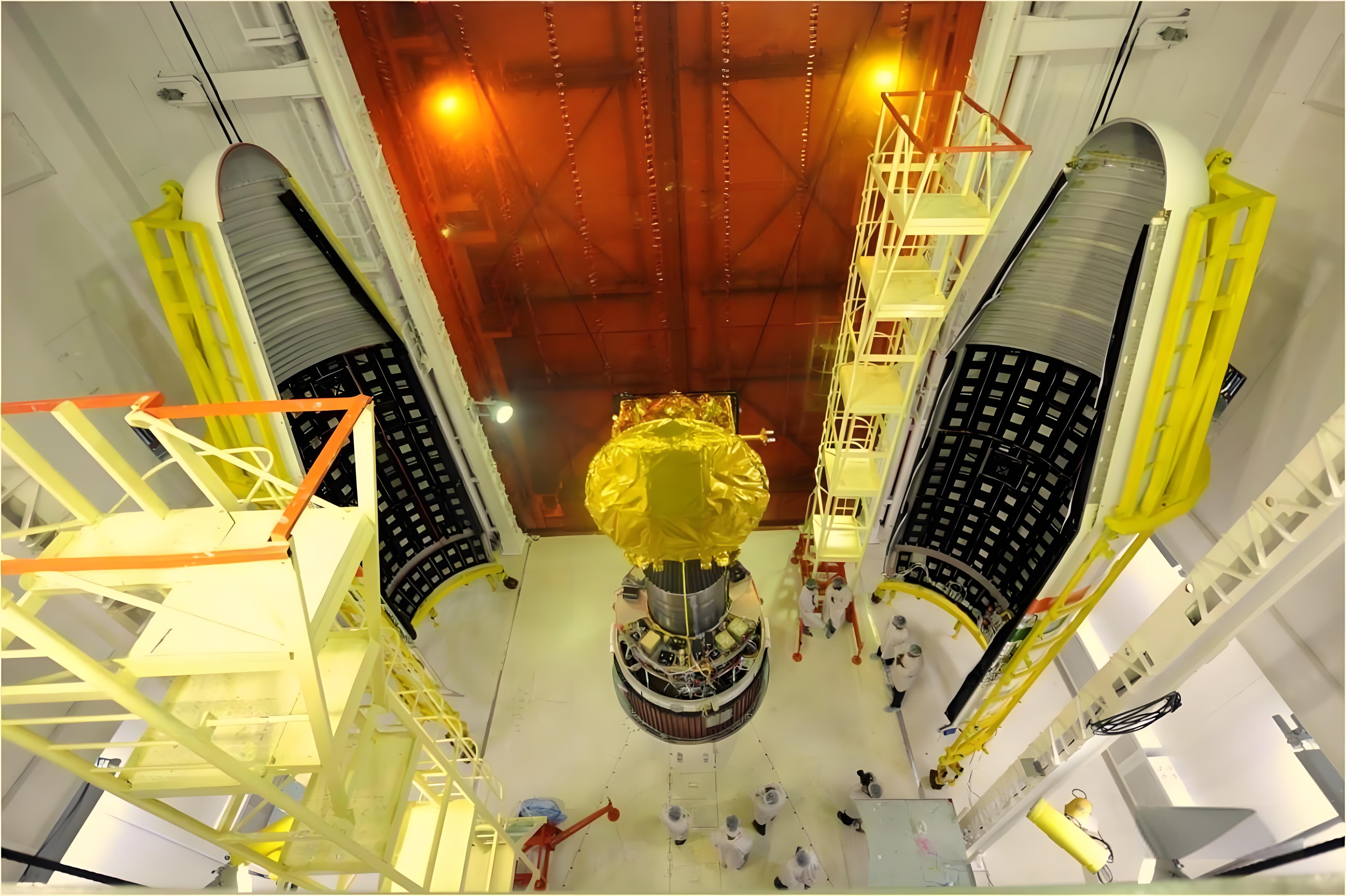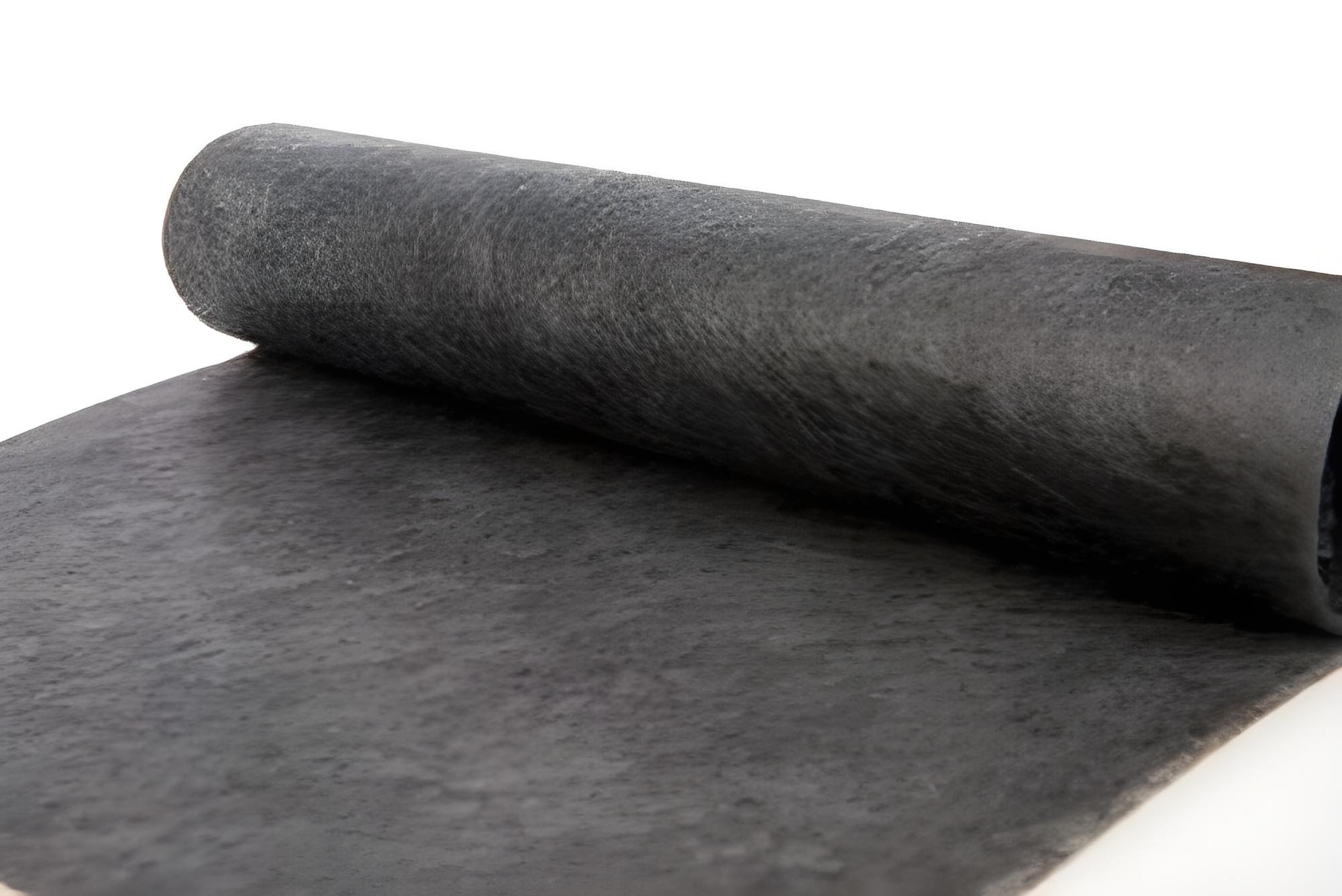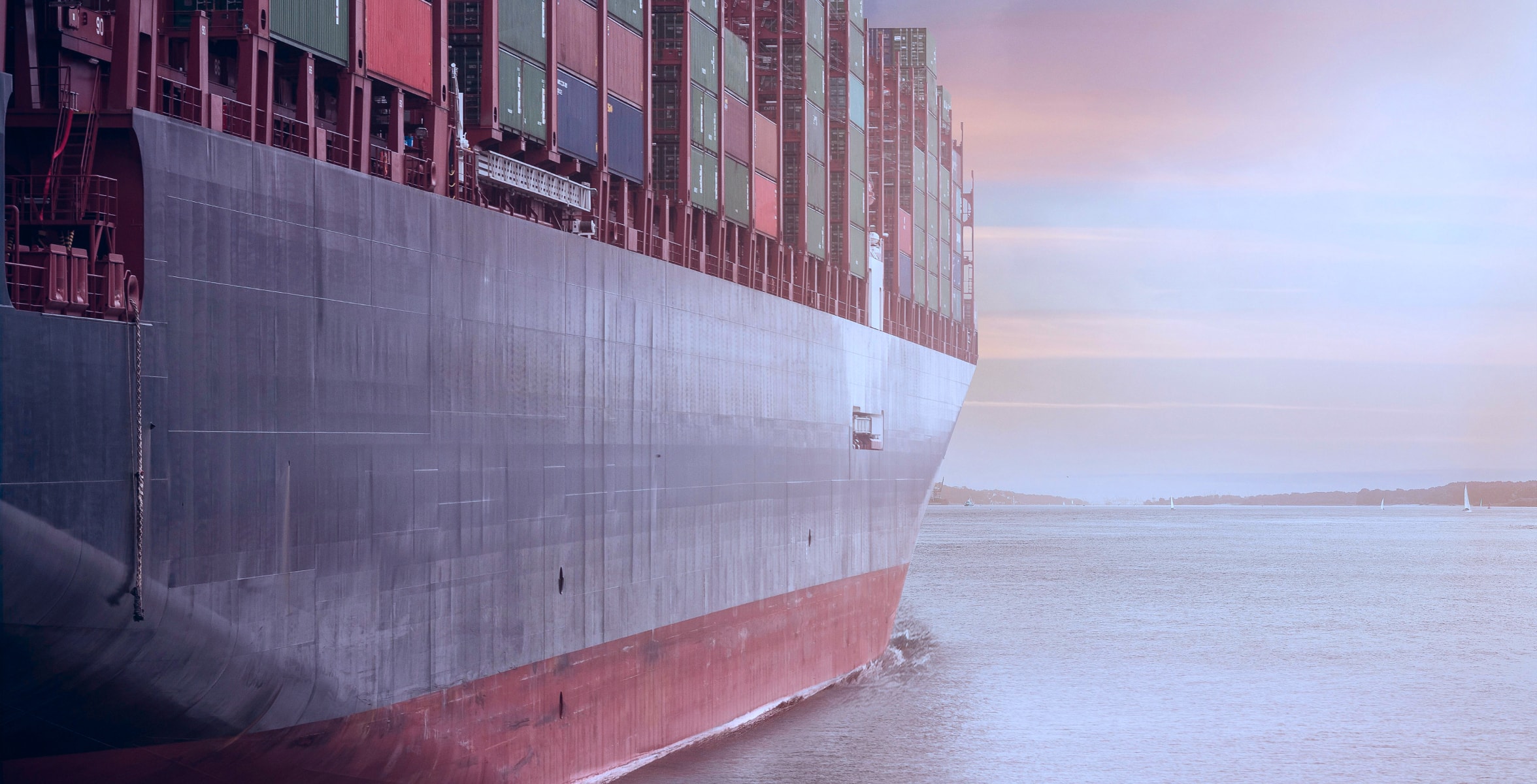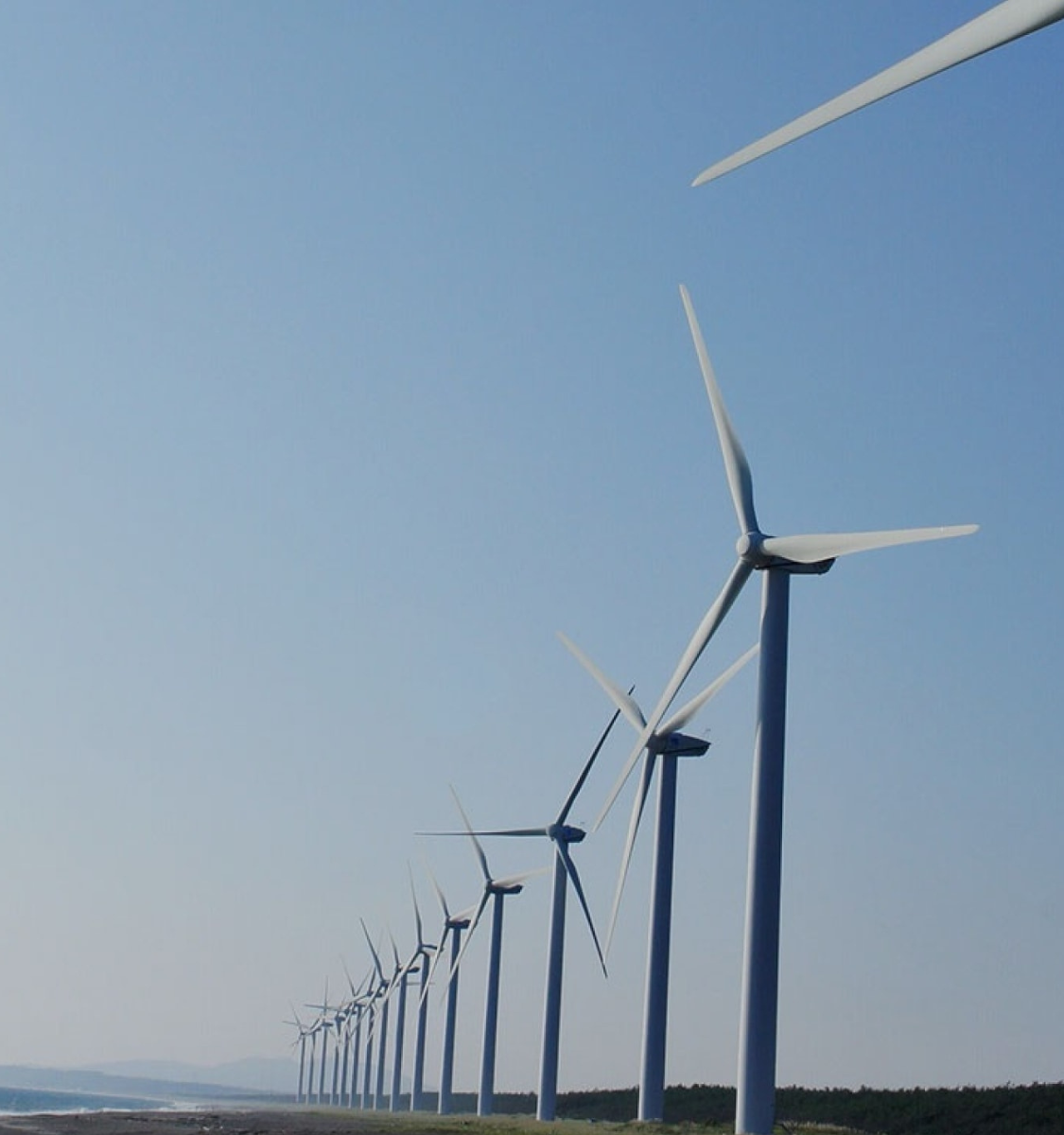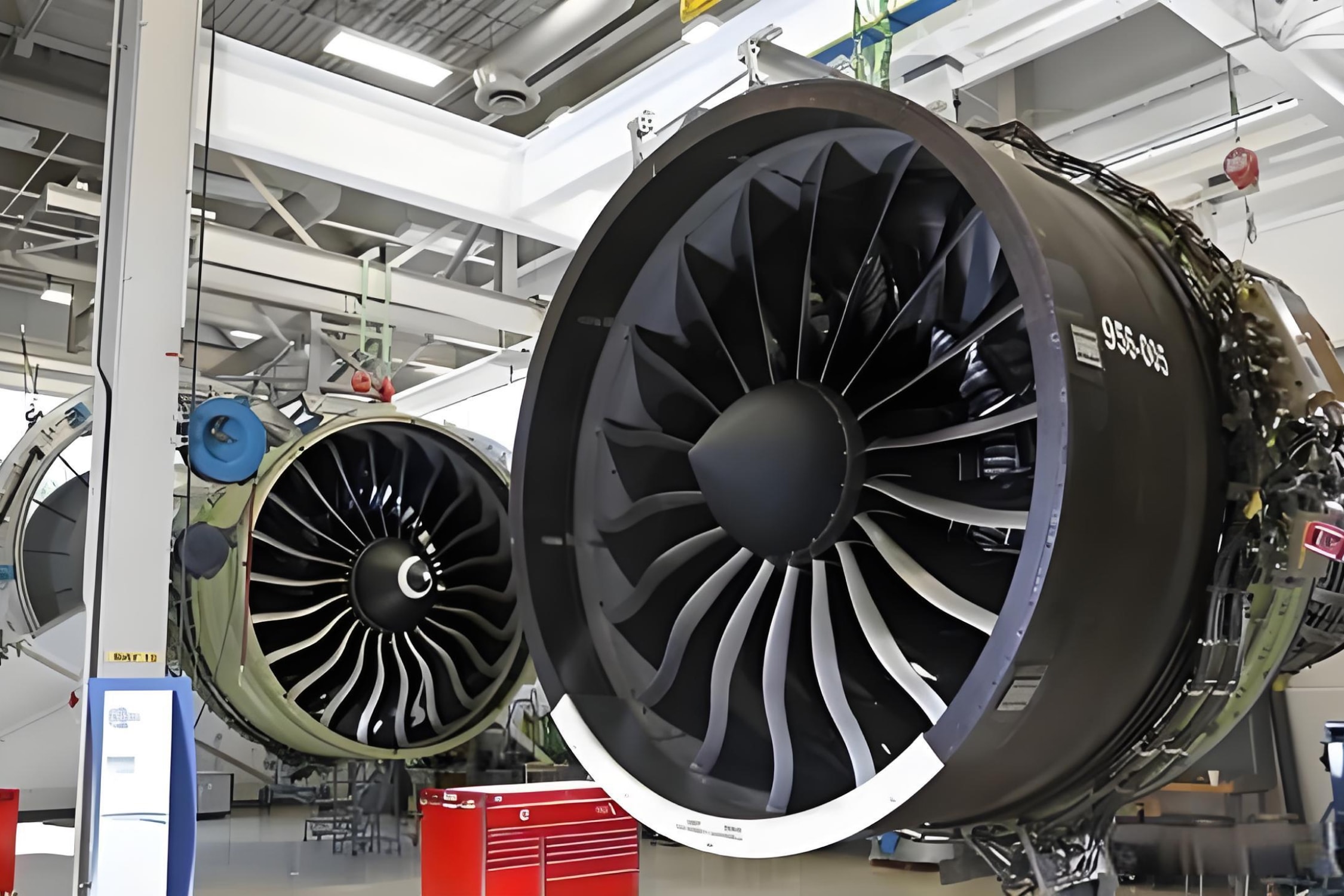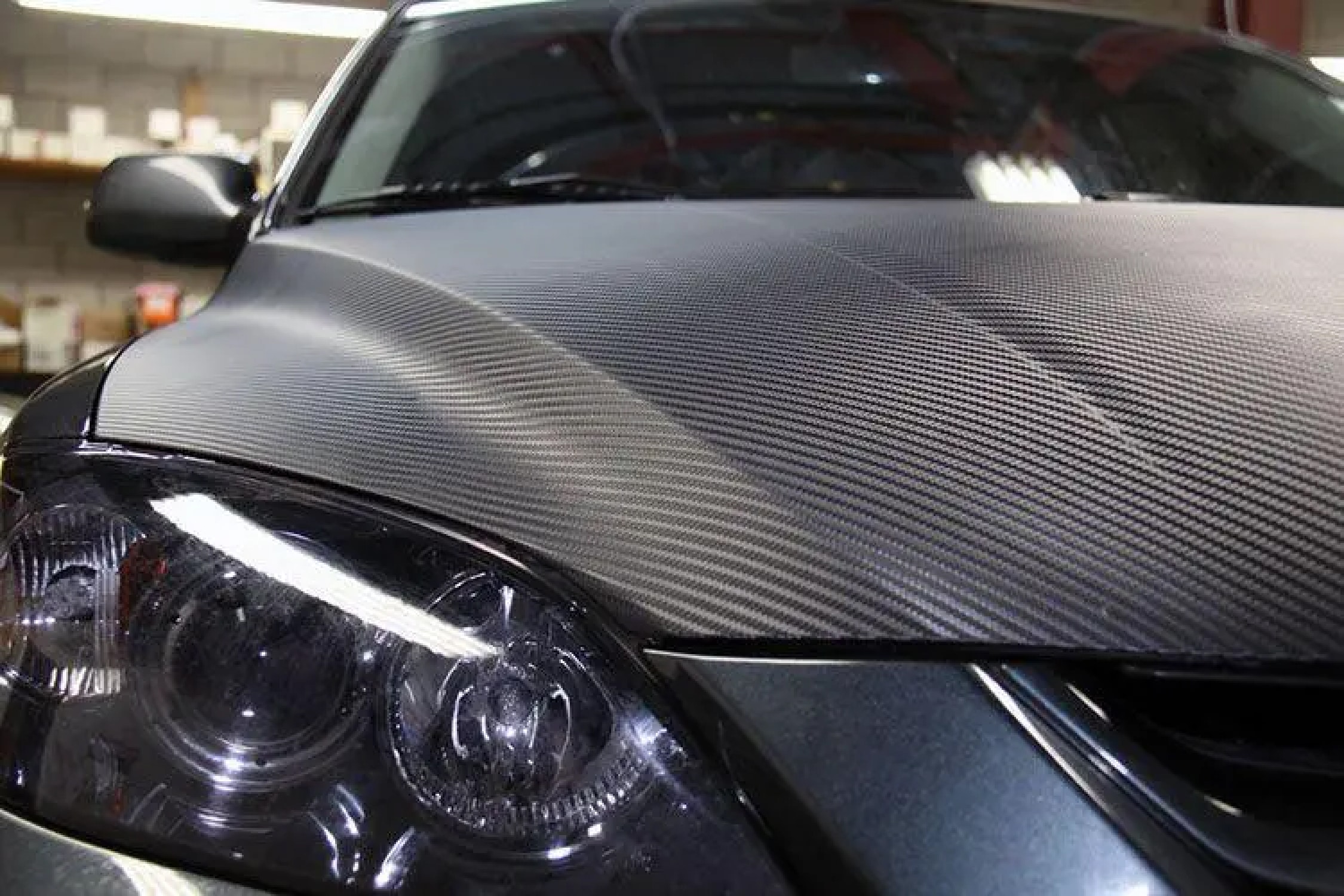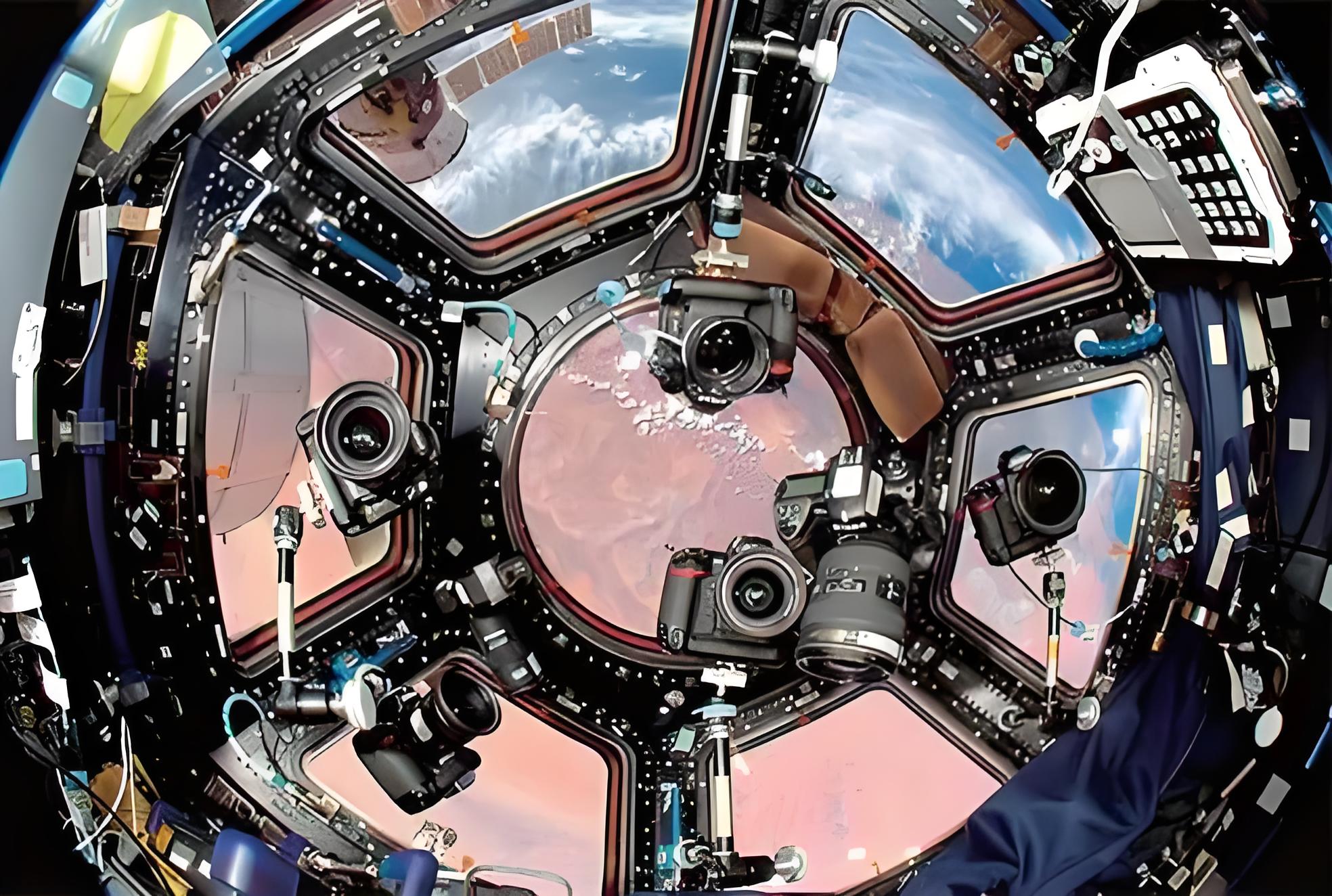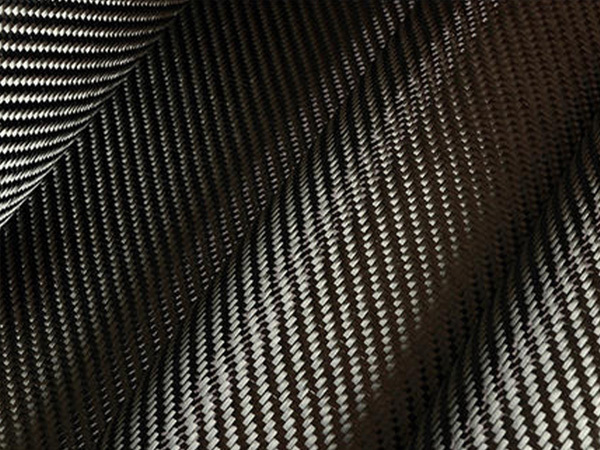+86-13732282311
merlin@xcellentcomposites.com
Let the world benefit from composite materials!
Exploring Color Carbon Fiber: A Stylish Innovation in Material Engineering
Explore color carbon fiber’s applications in industries like automotive, aerospace, and fashion, as well as the benefits and challenges of this innovative carbon material. Learn how color carbon fiber is revolutionizing design and engineering, offering new possibilities for creativity and performance.
In the world of material science, carbon fiber has long been known for its impressive strength, lightweight properties, and adaptability. Traditionally, carbon fiber has been characterized by its black or dark gray appearance, which has earned it a reputation as a sleek, modern material, but often limiting its aesthetic appeal. Enter color carbon fiber, a recent innovation that merges the functionality of traditional carbon fiber with customizable color options, transforming it into a material as stylish as it is durable.
In this article, we’ll dive deep into the world of color carbon fiber, exploring its properties, applications, and how it’s revolutionizing industries from automotive to aerospace, fashion to architecture. By the end, you’ll have a clearer understanding of how this new material is poised to change the way we think about carbon materials in engineering and design.

What is Carbon Fiber?
Before we explore the emergence of color carbon fiber, it’s essential to understand the fundamental characteristics of carbon fiber itself.
Carbon fiber is composed of thin strands of carbon atoms that are bonded together in a crystal alignment. These strands are incredibly strong for their size and weight, and when woven together, they create a material that offers exceptional tensile strength. This strength-to-weight ratio makes carbon materials superior to traditional materials like steel or aluminum in applications requiring both durability and lightness.
The Emergence of Color Carbon Fiber
While carbon fiber has traditionally been associated with its dark, monochromatic appearance, recent technological advancements have led to the creation of color carbon fiber. This new innovation offers the same structural benefits as regular carbon fiber but with the added bonus of aesthetic flexibility.
The process of creating color carbon fiber involves infusing pigments or coatings into the carbon material during or after the production process. This allows for a variety of colors, from bright reds and blues to more subtle metallic tones, making carbon fiber more visually appealing for industries focused on aesthetics, such as automotive design, consumer electronics, and even fashion.
Why Color Carbon Fiber Matters
The emergence of color carbon fiber is not just about visual appeal. It opens up new possibilities for industries that rely on the functional properties of carbon materials but want more flexibility in design and branding.
1.Aesthetic Appeal: Customization is key in today's consumer-driven world. Being able to incorporate color carbon fiber into a product allows companies to blend high performance with distinctive visual designs, enhancing the overall customer experience.
2.Product Branding: For industries like automotive or sports equipment, branding plays a huge role in consumer choice. By using color carbon fiber, companies can align their product designs with brand colors, giving them a unique market advantage.
3.Improved Marketability: With consumers becoming more design-conscious, the integration of color carbon fiber can elevate a product’s perceived value. Whether it's a sleek red carbon fiber panel in a high-end sports car or a vibrant phone case, the versatility of color can capture attention in ways that traditional carbon fiber simply cannot.
How is Color Carbon Fiber Made?
The production process for color carbon fiber can vary depending on the desired properties and applications. However, the two most common methods include:
1.Pigment Infusion During Production: In this process, color is added to the fibers themselves during the carbonization process. Pigments are infused directly into the resin matrix, which gives the carbon fiber strands their color. This method results in a more uniform coloration and can be applied to both woven and non-woven forms of carbon fiber. Since the pigment is integrated into the fibers themselves, it offers a more durable and fade-resistant finish.
2.Post-Production Coating: An alternative method is applying colored coatings after the carbon fiber sheets have been produced. This method typically involves layering colored resins, paints, or films on top of the carbon fiber material. While this allows for more variety in finishes (such as metallic or pearlescent looks), it may not be as durable as pigment-infused carbon fiber.
Both methods allow for customization, but the choice often depends on the intended use. Pigment infusion tends to be more resistant to wear, making it suitable for long-term, high-stress applications, while post-production coatings are better for decorative items or components that don’t experience high levels of wear and tear.
Applications of Color Carbon Fiber
Now that we understand how color carbon fiber is made, let’s explore its applications across different industries.
1. Automotive Industry
The automotive industry has been one of the earliest adopters of color carbon fiber, particularly in high-performance and luxury vehicles. Carbon fiber’s strength-to-weight ratio makes it ideal for components like body panels, hoods, and interior trims. Adding color allows manufacturers to enhance the visual impact of these parts without compromising on performance.
For example, companies like Lamborghini and Ferrari have integrated color carbon fiber into their designs to create bold, customized looks that appeal to their affluent clientele. The use of vibrant red or sleek metallic blue carbon fiber not only sets these cars apart visually but also reinforces their status as high-tech, high-performance machines.
2. Aerospace and Aviation
In the aerospace industry, weight is a critical factor in the design of any aircraft or spacecraft. Carbon fiber is already widely used for structural components like wings, fuselages, and interiors. However, the introduction of color carbon fiber allows for aesthetic customization in areas such as cabin interiors or design accents without adding significant weight.
Moreover, color carbon fiber in aerospace could eventually play a role in branding and identification, where specific color schemes are required for different fleets or airline brands. The lightweight nature of carbon materials, combined with the flexibility of color, offers a dynamic new tool for engineers and designers in the aviation world.
3. Sports Equipment
Carbon fiber has long been a favorite material in the world of sports equipment due to its light weight and high strength. From bicycles to tennis rackets, carbon materials provide athletes with an edge. With color carbon fiber, manufacturers can now offer equipment that not only performs exceptionally well but also stands out visually.
Bicycles, in particular, are seeing a surge in demand for color carbon fiber. Cyclists are known for personalizing their gear, and the ability to customize a bike frame with a variety of colors has been a game-changer. From vibrant green frames to striking blue rims, cyclists can now ride in style without sacrificing performance.
4. Consumer Electronics
The electronics industry has embraced carbon fiber for its lightweight, durable properties, and now, color carbon fiber is becoming a key design feature in products such as laptops, smartphones, and gaming consoles. Manufacturers like Dell and Microsoft have incorporated carbon materials into the casings of their high-end products, offering not just durability but a premium, futuristic feel.
With color carbon fiber, electronics companies can create products that reflect brand identity and stand out in a crowded marketplace. Imagine a laptop with a sleek red carbon fiber shell or a smartphone with a glossy blue finish — the possibilities for unique designs are endless.
5. Fashion and Accessories
In recent years, carbon fiber has found its way into the world of fashion, with luxury brands incorporating the material into accessories like watches, sunglasses, and even handbags. The sleek, futuristic look of carbon material appeals to fashion-forward consumers who are looking for a blend of innovation and style.
With the introduction of color carbon fiber, designers now have even more creative freedom to explore unique designs. From bold, colorful watch faces to handbags with textured, colored carbon fiber panels, the fashion industry is just beginning to scratch the surface of what’s possible with this versatile material.
6. Architecture and Interior Design
Architecture and interior design are also embracing color carbon fiber as a way to merge aesthetics with functionality. Carbon fiber has already been used in building structures where high strength and low weight are essential, such as bridges, facades, and roofing systems. With the ability to add color, architects can now create visually striking structures that retain the practical benefits of carbon materials.
Interior designers are also experimenting with color carbon fiber in furniture, lighting fixtures, and wall panels. The combination of color and the distinct texture of woven carbon fiber creates a modern, industrial look that appeals to minimalist design sensibilities.

Benefits of Color Carbon Fiber
There are several reasons why color carbon fiber is gaining traction across industries:
1.Strength and Durability: Like traditional carbon fiber, color carbon fiber retains its superior strength-to-weight ratio, making it ideal for demanding applications. It is resistant to impact, fatigue, and corrosion, ensuring that it can withstand harsh environments.
2.Lightweight: Despite its strength, carbon material is incredibly lightweight, which is why it’s favored in industries like aerospace, automotive, and sports equipment where reducing weight is crucial.
3.Customization: The ability to add color to carbon fiber opens up endless possibilities for customization, whether for branding, aesthetics, or product differentiation.
4.UV Resistance: Many forms of color carbon fiber are coated with UV-resistant finishes, ensuring that the vibrant colors do not fade over time, even with prolonged exposure to sunlight.
5.Sustainability: Advances in the production of carbon materials have made the manufacturing process more sustainable, with some companies even exploring the use of recycled carbon fibers. This makes color carbon fiber not only a stylish choice but an environmentally conscious one as well.
Challenges of Color Carbon Fiber
Despite its numerous advantages, there are a few challenges associated with color carbon fiber:
1.Cost: The production of color carbon fiber can be expensive, particularly when pigments are infused during the manufacturing process. This cost may be passed on to the consumer, making color carbon fiber products more expensive than their traditional counterparts.
2.Complex Manufacturing: Producing color carbon fiber requires specialized techniques and equipment, which can increase lead times and complicate the manufacturing process.
3.Limited Availability: While interest in color carbon fiber is growing, it is still relatively new to the market, and not all manufacturers offer it as an option. This may limit its accessibility for smaller companies or individual consumers.
Conclusion
Color carbon fiber represents an exciting fusion of innovation and style in material engineering. While traditional carbon fiber has long been revered for its strength, lightweight properties, and versatility, the introduction of color adds a new dimension of customization and aesthetic appeal. From luxury cars to cutting-edge consumer electronics, color carbon fiber is opening doors across industries, allowing for high-performance products that don't compromise on design. As manufacturing processes advance and more industries adopt this material, the future of color carbon fiber looks bright—quite literally—offering endless possibilities for creative and functional applications.
Popular Composite Materials
Popular Composite Materials
Composites Knowledge Hub
Composites Knowledge Hub

